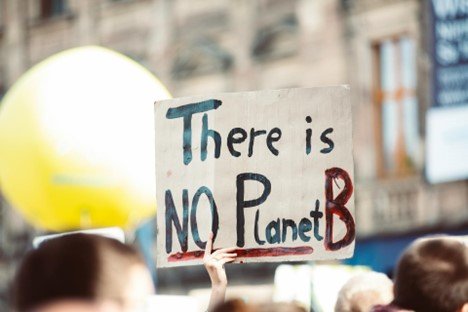Keeping Cities Cool: A Sustainable Cooling Handbook
/Global warming is fast becoming the greatest threat to the future of humanity. The threat arises from climatic change and human activities such as urbanization, which accounts for between 71 and 76 percent of final energy consumption around the world, according to the United Nations Human Settlement Programme (UN-Habitat). Since cities and urban locations play such a significant role in generating heat and carbon emissions, there is an urgent need to make them more sustainable through different measures provided by organizations such as the United Nations.
Read More



















































